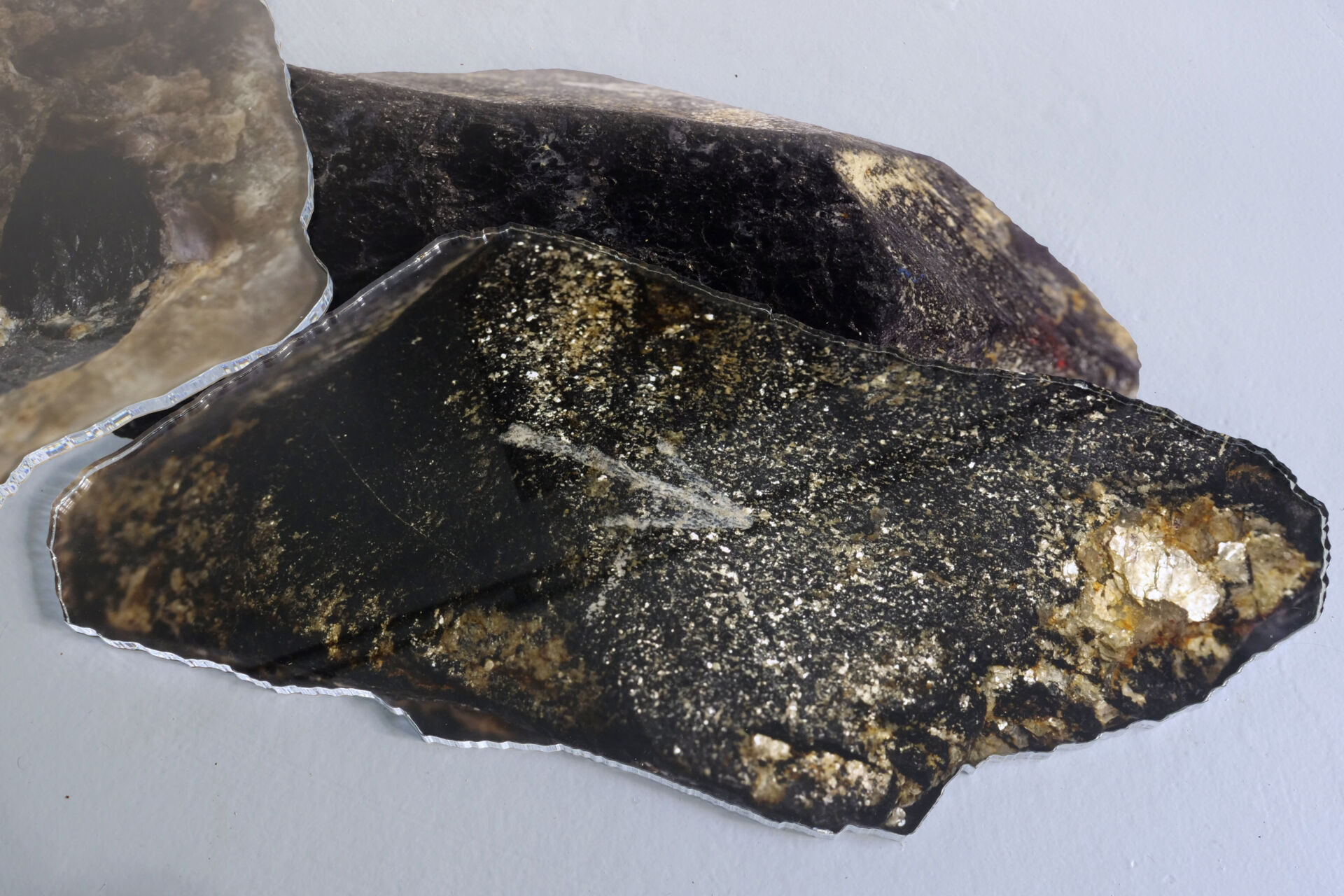Bára Mrázková
IMAGE SEARCH
We see something, we don’t exactly know what. We want to find out; we enter the image into the search engine. It finds something, we don’t know exactly how, usually more or less the right thing. Image search (or more precisely, reverse image search) will be familiar to most of today’s Internet users. For Bára Mrázková, such search engines are creative tools. But for those who are interested in her work, they are a possible lead. What’s at stake is what is in the pictures, what is between them, and what is behind them.
Together with Filip Láb, Bára Mrázková photographed the series American Night (2006), in which she explored not only an abandoned military zone, but also the internalized battlefields of the Cold War and a divided world. The American Night series was supplemented and significantly expanded into the Eastern Bloc (2006) series, in which Bára Mrázková, together with Filip Láb, explored not only the spaces of East European post-communism, but also the photographic borders of documentary and fiction. In the Daily Mirror (2008) series, Bára Mrázková, together with Filip Láb, rephotographed a series of newspaper articles from library microfilms about a series of house bombings. In this way, she re-evaluated not only the forms of terrorism preceding the global anti-terrorist offensive, but also the informational nature of proto-digital photography, which preceded the global digitization of not only image information. In Kill Your Darling (2010), Bára Mrázková used video, photo wallpaper, and her own photographs left over from previous series to re-evaluate not only the relationship of an individual image to the exhibited image set, but also her own photographic work. In her work Outer Boundary Membrane, Inner Core Layer, Outer Plexiform Layer, Inner Core Layer (2012), she used a reflector and a projector to re-evaluate the nature of a single exhibited photograph, as well as the nature of the viewer’s approach to it.
At the beginning of Bára Mrázková’s latest and still ongoing project was a secretly taken photograph of YellowBox – the nickname of one of the laboratories under the Media Lab at MIT (Yellow Box, 2020). Micro and nano electromechanical and electrochemical systems are developed there, and due to UV light filtering, which could impair the efficiency of some processes, the entire laboratory is yellow. The sequel is three videos made up of sequences of still images that various search engines (specifically those from Google, Yandex, and Bing) connected with that input image. Algorithmic associations track colors, themes, and who knows what other data and metadata. Viewers of the sequences watch the original photographs of figures in protective suits on laboratory chairs in yellow light transform into other photographs, other figures, other suits, other laboratories and other chairs. Or in other words, into other forms, contours, contrasts or simply other information. The sequence ends when only yellow light remains from the original image. In other words, with an arbitrary decision that meaningful connections have weakened sufficiently.
It is in the very devices that allow us to connect to the Internet that coltan, i.e. ore containing niobium and tantalum, is used. Coltan is one of the so-called conflict minerals. Coltan mining thus helps to feed not only our devices, but also wars and the exploitation of workers. Enlarged and cropped images of coltan from geological collections inadvertently capture the inventory numbers of individual specimens. Against the background of the dull dark surface of the ore, systems of classification and quantification appear, which are amplified in the pervasive hum of the server.
Theorists of science and technology talk about black boxes that need to be opened in order to reveal the hidden mechanisms of their functioning. Bára Mrázková opens, closes and turns her yellow box to different sides. In reverse image search, individual images do not matter as much, or at least not in the way we are used to looking at them. What matters more, at least to Bára Mrázková, are the techniques for quitting, whether it be getting away from photography school lessons or from the unconscious self-evidentness of the way we relate to the world through our not only photographic devices.
Bára Mrázková studied photography at FAMU. Until 2008, she worked in an artistic duo with Filip Láb. She works mainly with photography, video and installation. She deals with the algorithmic nature of photography.
Vojtěch Märc is one of the curators of Fotograf Gallery. He works on the long history of contemporary art.
#41 postdigital photography
Archive
- #45 hypertension
- #44 empathy
- #43 collecting
- #42 food
- #41 postdigital photography
- #40 earthlings
- #39 delight, pain
- #38 death, when you think about it
- #37 uneven ground
- #36 new utopias
- #35 living with humans
- #34 archaeology of euphoria
- #33 investigation
- #32 Non-work
- #31 Body
- #30 Eye In The Sky
- #29 Contemplation
- #28 Cultura / Natura
- #27 Cars
- #26 Documentary Strategies
- #25 Popular Music
- #24 Seeing Is Believing
- #23 Artificial Worlds
- #22 Image and Text
- #21 On Photography
- #20 Public Art
- #19 Film
- #18 80'
- #17 Amateur Photography
- #16 Photography and Painting
- #15 Prague
- #14 Commerce
- #13 Family
- #12 Reconstruction
- #11 Performance
- #10 Eroticon
- #9 Architecture
- #8 Landscape
- #7 New Staged Photography
- #6 The Recycle Image
- #5 Borders Of Documentary
- #4 Intimacy
- #3 Transforming Of Symbol
- #2 Collective Authorship
- #1 Face



